Noel Trainor’s 1946 Mercury Convertible is possibly the Ford Motor Company product that most exhibits art deco design cues. It also bookmarks an important time in the history of Ford.
With its elegant and curvaceous lines enhanced by plenty of chromium, this 1946 Mercury Convertible definitely qualifies as a mobile art deco sculpture. Yet owner, Noel Trainor, has had to sit out the classic car parade when he’s taken the Mercury to celebrate Art Deco week in Napier. That’s because the model year cut-off date is 1945, a year when Ford was still too busy building war materiel to concentrate on making civvy cars.
There’s therefore plenty of history that this big, beautiful, and black Mercury is symbolic of. Good had just triumphed over evil in World War II when the right-hand drive, bound-for-export Mercury rolled off a Ford production line that had just switched from building Jeeps. Up in Ford’s top offices at the Dearborn HQ, a similar victory of the good guys over the baddies had also been won.
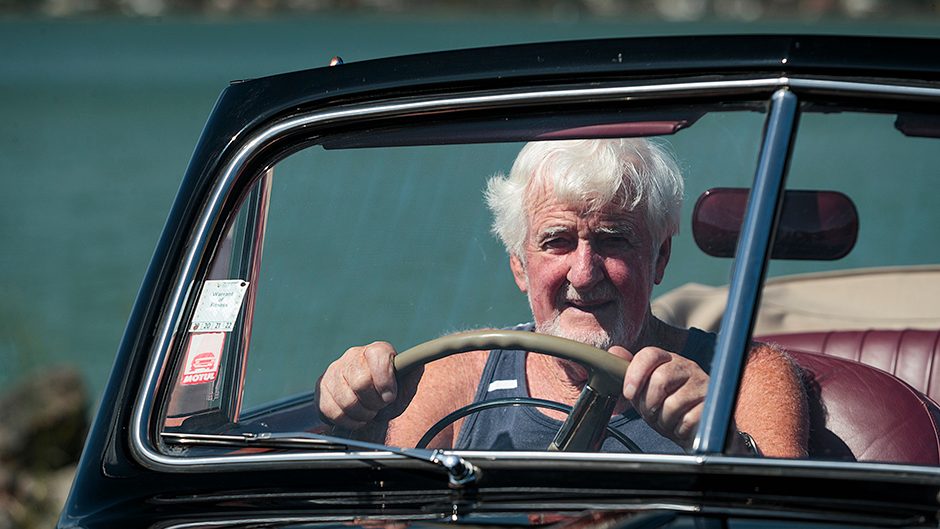
Two years before the Mercury was made, Henry Ford II (to become affectionately known as HF2 to company employees) was given a special release from the US Navy. This was about the time the Roosevelt-led government became concerned about the management of Ford following the death of the HF2’s talented father, Edsel Ford, in 1943. The interim year had seen an increasingly deranged Henry Ford take over the helm of one of the War Department’s largest suppliers, and there was a threat that the Old Patriarch would hand control over to his thuggish bodyguard and personal confidant, Harry Bennett.
Bennett had a preference for wearing bow ties because an opponent couldn’t get a strangulation grip on one during hand-to-hand combat, and ran the 8000-strong ‘Special Department’ at Ford with an iron fist. He was the man most responsible for the fatal machine gunning of eight workers during a strike in the mid-1930s. His ‘specials’ engaged in spying on the workers and weeding out those deemed to be unionists, trouble-makers, or socialists.
It’s widely accepted that Bennett’s constant bullying of Edsel Ford was a factor in the early death of Henry’s son at age 49. It is also believed that Henry was going to give control of the company to Bennett in exchange for a commitment from him to begin building his beloved Model T again. It was the threat of the wives of Henry the Elder and the late Edsel, Clara and Eleanor Ford, to dump their considerable stock holdings in the company that checked Henry’s desire to hand over the reins to Bennett.
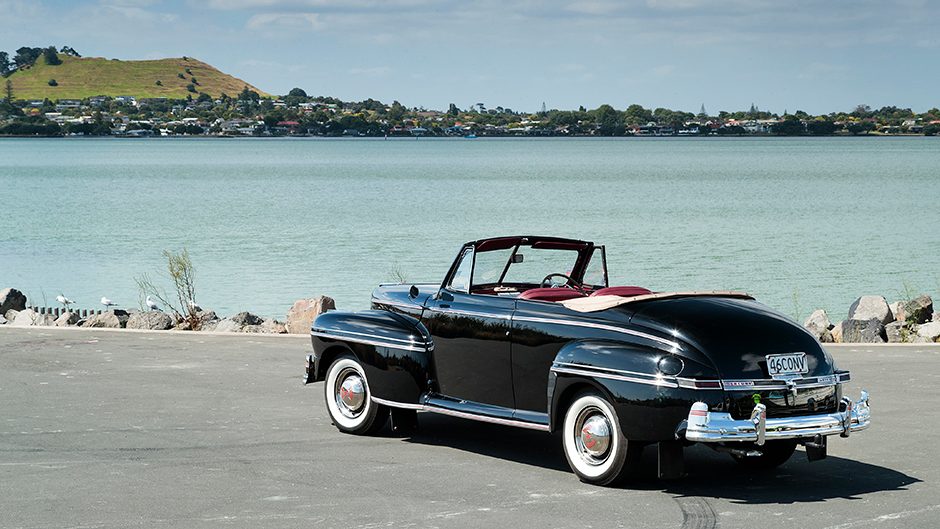
Henry knew that the availability of those shares would lead to public ownership of Ford. Bennett, meanwhile, expected to dominate Edsel’s son like he had his father, when HF2 arrived from his navy service to become FoMoCo president in 1945. However it was Bennett who blinked first when early stare-downs between the two occurred.
One of the issues the pair initially argued over was HF2’s desire to bring back the Lincoln and Mercury brands after Bennett and Ford the Elder had shelved them back in 1942. Another victory over Bennett was the re-hiring of designer Bob Gregorie, whom Bennett and the elder Henry had fired in their cleaning out of all Edsel’s closest allies and associates following the latter’s death.
Gregorie would design the distinctive fascias that would visually distinguish the 1946 Mercurys and Lincolns from ordinary Fords, picking up on work he had already planned for Ford’s post-war model range before he was fired. Noel’s ’46 Mercury is therefore the car that most represents the changing of the guard at Ford, and the coming of a third-generation of dynastic management that would instantly lead the Blue Oval brand into its most successful era as a private company.
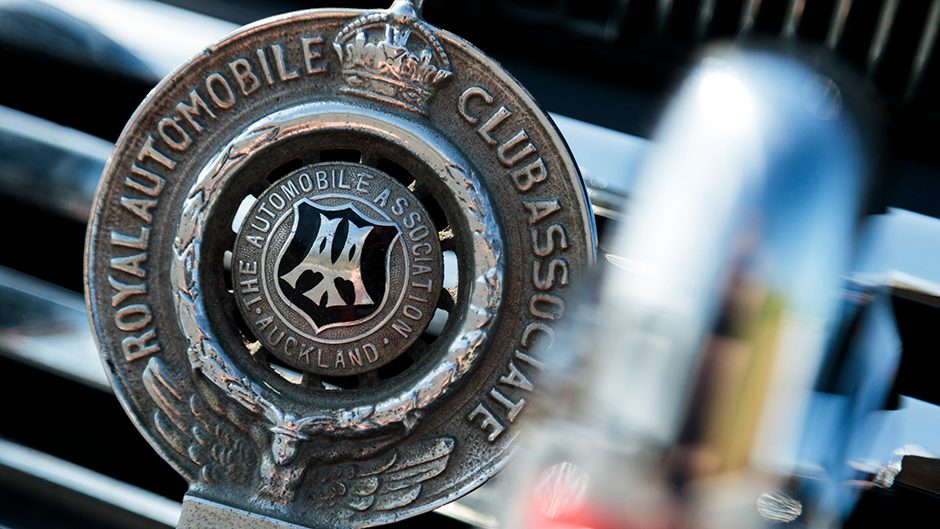
For the later-1940s were halcyon days for America’s car makers, with the strong post-war economy creating plenty of demand for new cars. As one industry insider would remark later: “we could have sold horses and covered wagons in 1946.”
To meet market demand, production lines needed to be speedily adapted to car building again, so the ’46 Mercury is basically a 1941 Ford Convertible, given a bit more chrome, and extra frills like the line of dash gauges and the clock added to the glovebox cover.
A standard fit radio also featured a button on the driver’s-side floor so that stations could be changed without taking a hand from the wheel. The biggest change of all was the imposing Mercury grille, with its trademark parking lights mounted each side of the nose.
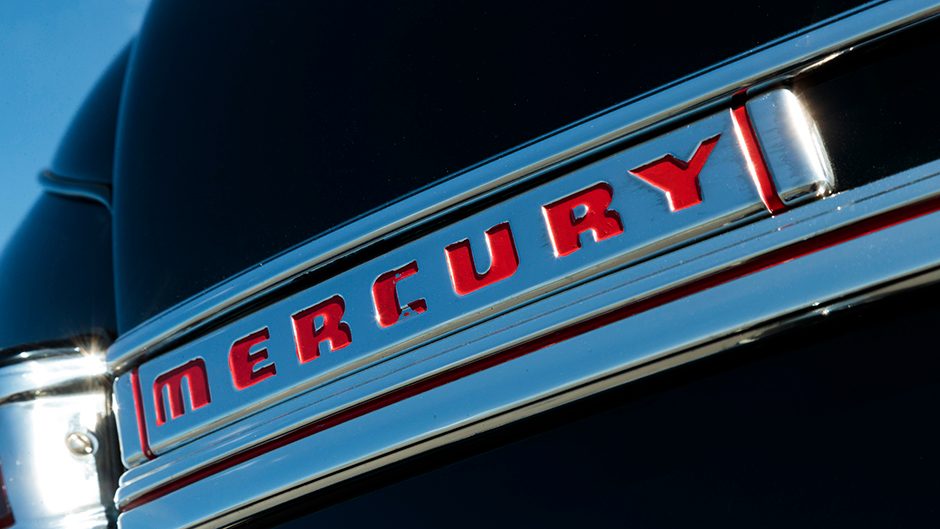
Branding consisted of Mercury splashed in red lettering across the top of the grille, accompanied by the vertical ‘Eight’ to let everyone peering in their rear-view mirror know that a flathead V8 was on their tail. Hubcaps bear an artistic impression of the mythical winged messenger. Two mechanical improvements really distinguish Ford V8s made immediately after WWII.
One is the hydraulic brake system that made its debut in the 1939 model year. The other is the extra reinforcement given to the X-frame chassis brace in 1941, and the revisions to the transverse springs and dampers that accompanied it. As a result, the ’46 Mercury has a decorous ride, and there is comparatively decent stopping power available when needed.
It’s likely that Noel Trainor knew little of this history when, as a five-year-old, another family would pick him up on Sundays in their ’46 Mercury sedan, and give him a ride to church. “The flash dash really fascinated me.” The extra gauges and more luxurious trim of the Mercury that carried young Noel to church triggered his lifelong interest in American cars.
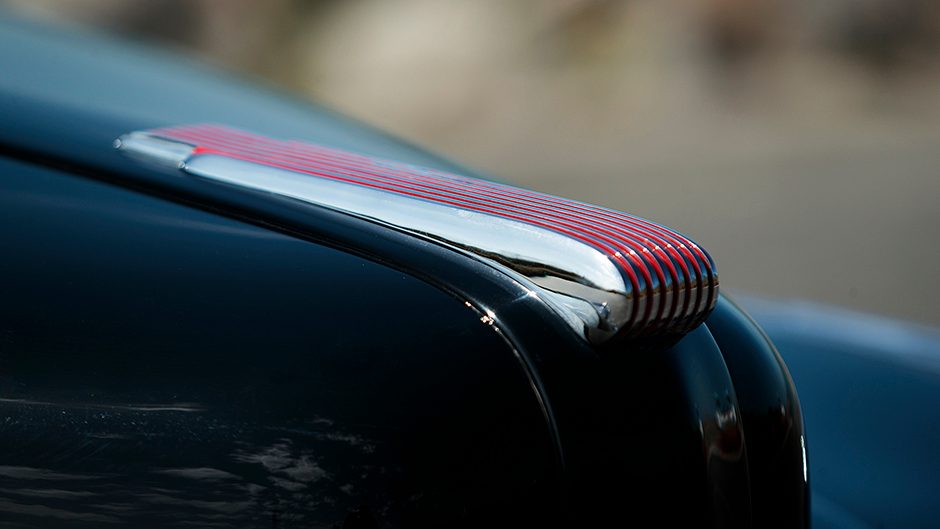
He first bought a ’39 Ford Coupe some 38 years ago, for the princely sum of 600 pounds. He has since owned three others, and the ’39 Ford two-door currently in his garage has been residing there for quite some time – at least two decades, now close to going on three.
The current ’39 took a lot of effort to restore, both when Noel first got it back to condition himself, and when car restorer, Jim Boag, repeated the process again in the year 2000. So when Noel decided to realise his long-held dream of owning a ’46 Mercury, he sought out a fully restored example, one that was featured on the cover of the February 2001 edition of New Zealand Classic Car magazine.
“I had always been keen on the Mercs, a couple of mates owned them, and one had a coupe. “The shape of the body really gets your eye, and the front of the car is really smart-looking – it’s not overdone with chrome. “It’s a striking car as there’s not that many of them around. The only other one I know of is a left-hand drive Mercury Convertible, and that one could be a ’48.”
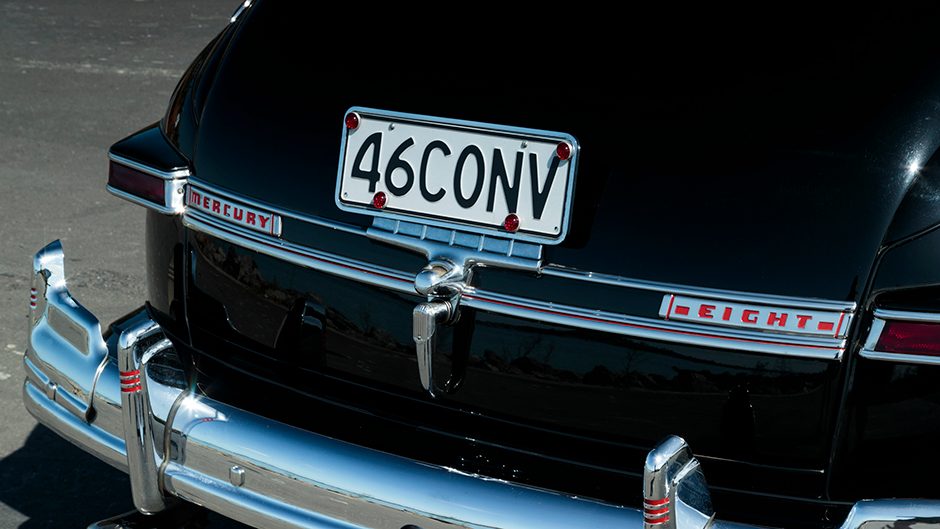
With the choice of either the ’39 Ford Coupe or the ’46 Mercury Eight Convertible to drive, Noel says that it depends on the event as to which he selects. He favours the Mercury for more stately occasions as it’s a more comfortable ride and appears to be the only one of its kind in New Zealand. Meanwhile the ’39 was the preferred carriage of Noel’s late wife, Aloha, as the convertible used to “mess her hair up too much.”
Hopping in with Noel for a ride to the photo location, it takes a five-point turn to get the Mercury out of the garage and on to the road. The huge wheelbase of the car was a strong selling point in the 1940s, and Mercury’s advertising of the day certainly emphasised the head and leg room advantages of all that real estate.
As we cruise through Central Auckland, the refinement of the Mercury is readily apparent. The suspension easily blots out the effects of speed bumps, and the 100-horse, 239 cubic-inch V8 is smooth and quiet as it delivers enough torque to disguise the huge ratio gaps of the three-speed column-shift manual gearbox.
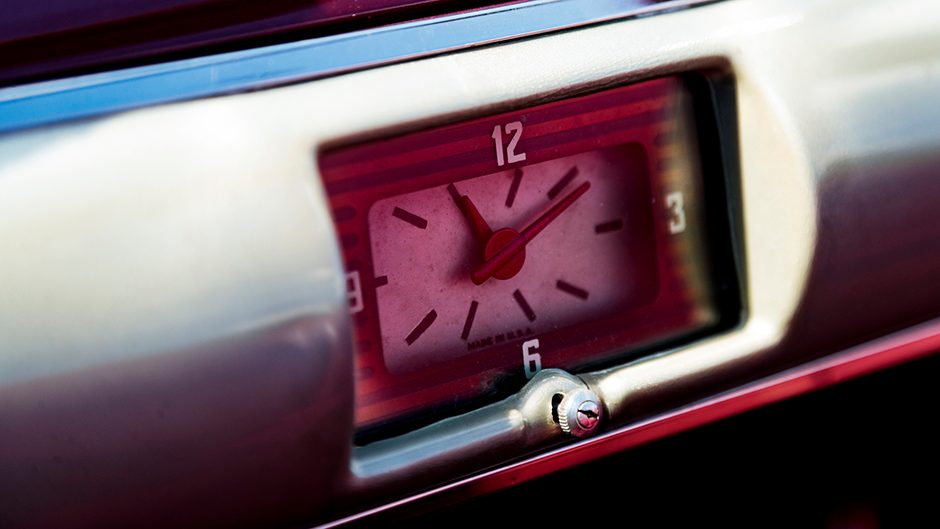
It’s a comfortable and luxurious car in a fashion that only American families could afford at the time. A purchase price of just $1711 when new made the Mercury Convertible comparable to the Station Wagon, sharing a price position $200 above a 1946 Coupe or Sedan. The range made Mercury’s HF2-led revival a great success.
Although the Mercury models weren’t launched until November 1946, some six months after the Fords, more than 86,000 were sold by the end of the year (over half were four-door sedans). That sales success is reflected by the ability of Noel’s convertible to continue to attract attention today.
The car looks and feels brand new, yet there are 86,000 miles on the speedo, and Noel suspects that it’s at least the second time that the number has registered on the dial. As we reach the photo location on the Manukau harbour front, I tell Noel that his pride and joy certainly attracts plenty of attention from the opposite sex. “Yeah, I sure wish I had owned it when I was young.”


